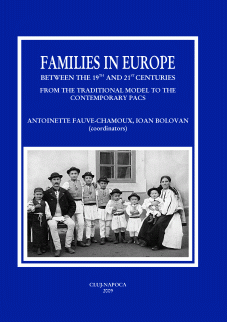Different Reproductive Patterns in Romania: An Urban-Rural Comparison
Different Reproductive Patterns in Romania: An Urban-Rural Comparison
Author(s): Mihaela HărăguşSubject(s): Social Sciences
Published by: Centrul de Studiere a Populaţiei
Keywords: reproductive behaviour; urban-rural differences; value orientation; socio-economic characteristics
Summary/Abstract: In the same institutional context, fertility in rural areas was and is systematically higher than in urban areas: although the majority of women in reproductive age are in urban areas (62.3% in 2004), women from rural gave birth to more than half of the children born in Romania for the last couple of decades. For the first time in Romanian demographical history in the year 2004 the situation reversed, under the impact of a policy measure regarding the benefits for the childcare leave that advantaged employed women, in majority in urban areas. Thus, for the last years fertility has taken an ascendant path in urban and a descendent one in rural areas. In 2005, total fertility rate was 1.17 in urban and 1.55 in rural, mean age at first birth was 26.3 in urban and 22.7 in rural, all these while 45.1% of Romanians lived in rural areas. There are several factors that could be responsible for the aforementioned differences, grouped in two categories: forces that keep fertility in rural areas higher (culture and value orientation, socio-economic characteristics, family planning resources) and forces that favour fertility decline in rural areas compared with urban ones (unfavourable age-structure and massive youth emigration). The paper focuses mainly on the first set of factors, and also discusses the different impact that the policy measures introduced during the last years might have in urban and rural contexts.
Journal: Romanian Journal of Population Studies
- Issue Year: 3/2009
- Issue No: Supplement
- Page Range: 417-434
- Page Count: 17
- Language: English
- Content File-PDF

